This restaurant is perched on the seafront in Matoshinos, an area in the north of Porto that is technically a separate city, but feels like a suburb of Porto as it is physically connected to it. The restaurant is just 9km from the airport, so for visitors is an ideal spot for a final lunch before flying, should your schedule permit.
The setting is quite spectacular provided you look out over the ocean, though actually the establishment is just yards from an oil refinery, almost directly over the road. The only clues to this from the dining room, which sensibly faces ocean-wards, are the oil support ships in the distance. With this minor caveat the view is gorgeous, with the water crashing over rocks just by the terrace of the restaurant, which looks out directly over the water. The dining room has a set of automatic picture windows that can be lowered in case of inclement weather, so diners are fine whatever the climate brings. The building was originally a teahouse built in 1963 by noted architect Alvaro Siza, who oversaw the conversion of the building into a restaurant 50 years later. The dining room has a wood floor and ceiling and generously spaced tables. There is also a separate dining area that can double as a private dining room.
The restaurant with its current chef, Rui Paula , was established in 2014, and at the time of writing holds a Michelin star. He was not in the kitchen today, apparently off filming the local version of the TV series Masterchef. He formerly ran restaurants called DOC and DOP in Porto. I counted thirteen staff in the large kitchen, so it is quite a big operation.
There was no carte menu, just a selection of tasting menus, plus a couple of large chef special dishes that can need to be shared between two. The menus ranged in price from €80 to €125, one being almost entirely seafood, the others featuring a mix of seafood and meat. The wine list was extensive since, with around 800 references. Naturally there is heavy coverage of bottles from the nearby Douro valley, but there are labels from around the world too. Examples were Hugel Pinot Gris 2010 at €30 for a bottle that you can find in the high street for €18, Robert Mondavi Cabernet Sauvignon 2012 at €52 compared to its retail price of €34, and Monte Cascas Malvasia de Colares 2011 at €80 for a wine that will set you back €70 in a shop. At the posh end of the list, Chateau Beaucastel 2008 was €160 compared to its retail price of €60, and Mouton Rothschild 1989 was €700 for a bottle whose current market value is €514.
The meal began with a flurry of nibbles. A pastry case contained a cold dish soup made with salmon and caviar, which worked quite well (15/20). Next was a cornet of mackerel and fresh yoghurt, a good combination and the mackerel tasting every fresh (16/20). A steamed bread (bao) of tuna with "wasabi" was pleasant enough, though this was the coloured horseradish paste from a tube rather than the distinctively silky freshly grated wasabi that it might have been (14/20). This was followed by a macaron of sardine escabeche (marinated in vinegar) which had really good, deep flavour and delicate texture (16/20). Bread is made in the kitchen, with a choice today of manioc (cassava) roll, basil and chilli roll or, the best one, a rustic country bread (16/20 average). The final nibble was creme brûlée of sea urchin, and although the urchin was not quite the same quality as the Hokkaido version I had been eating a week before in Japan, it was certainly very nice (15/20).
The first formal element of the tasting menu was eel with veal and celery, presented on an elaborate plate with various indentations to hold the assorted nibbles. The eel was good and went quite well with the strips of veal, there also being little pools of deeply flavoured meat sauce to add an additional taste element (15/20). Carabineros shrimp was served raw, but at the table a wild mushroom broth was poured over the slices of shrimp, partially cooking them. The shrimp was certainly of high quality and the mushroom broth had good flavour, though I think I would have preferred the shrimp either raw or cooked rather than somewhere in between (15/20).
Sea bass with bivalves, algae and salsify was a much less satisfactory dish. The sea bass came in two forms, one slow cooked and the other cooked in miso, in addition to raw on a crisp cracker. The fancy plating meant that the fish arrived tepid rather than hot, and was distinctly overcooked. The raw sea bass was fine, but the cooked elements of the dish were really disappointing. I love sea bass and cook it often; it was sad to see a fine fish like this die in vain. The tartare crisp was perhaps 14/20, the cooked elements 8/20, so overall the dish averaged perhaps 11/20, but this was not what I would have hoped for in a starred restaurant. This was followed by with line-caught hake with goose barnacles and plankton sauce. The hake was very good, properly cooked and served hot. Goose barnacles are a local delicacy and were fine, the plankton sauce rather watery (14/20).
The next dish was Dover sole with coconut and curry, on a base of julienned spring onions. The latter were excellent and the coconut was an interesting an effective idea, the curry flavour very subtle but just detectable. The only slight problem was the sole itself, which was clearly a good piece of fish but was slightly overcooked. This was nowhere near the level of issue that occurred with the sea bass, but it was definitely on the far side of perfect cooking. That was a shame as the dish otherwise would have been lovely. I would have scored this a couple of points higher than 14/20 had the fish been optimally cooked.
This was followed by rings of squid stuffed with rice, served with crunchy rice and the squid tentacles on the side, with a little Bordelaise sauce (a classic French sauce made from red wine, bone marrow and a demi glacé reduction). The squid rings were tender and the rice textures were effective. The only drawback was that the squid tentacles had lapsed into chewiness, but the rest of the dish was excellent (15/20 overall).
A selection of local cheeses was very pleasant. A pre-dessert was a little bush from whose branches were hung jellies of blood orange and pomegranate and a cocoa sphere with a liquid centre of citronelle liquor (15/20). These were all very enjoyable, their respective textures and flavours good (15/20). The main dessert was a pretty ring of grapefruit jelly, almond cream, crisp honey comb and ice cream of a liquor based on a fortified wine called Carcavelos (16/20). A choice of coffees was offered, and it was nice to be able to have this on the terrace in the sun, with the waves crashing on the rocks just below.
Service was excellent throughout, the staff helpful and friendly. The bill came to €128.50 (£108) with just water to drink. Obviously this would be more with wine, but you could also have a cheaper tasting menu, so the typical cost per head is about at this level. Overall, my meal here was an enjoyable but somewhat erratic experience. The best dishes were very good indeed, but there were a couple of glitches, which you do not expect at this price level. However, with its good seafood and spectacular natural setting, the restaurant seems certain to do well.






























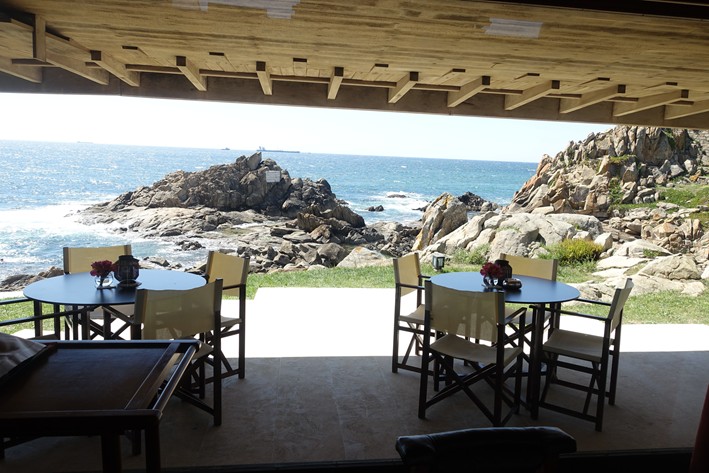

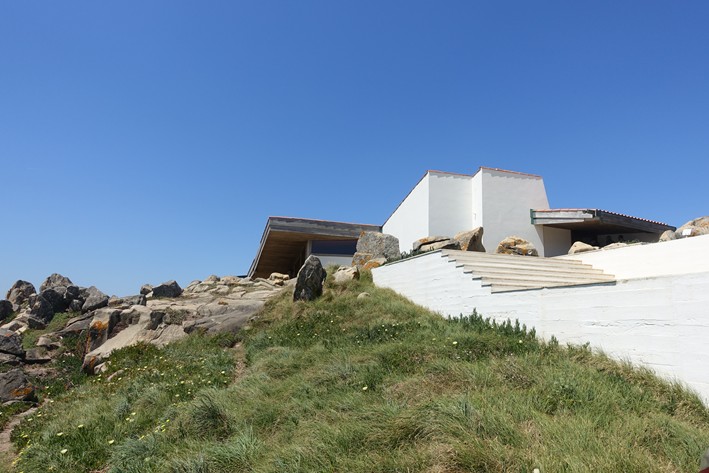
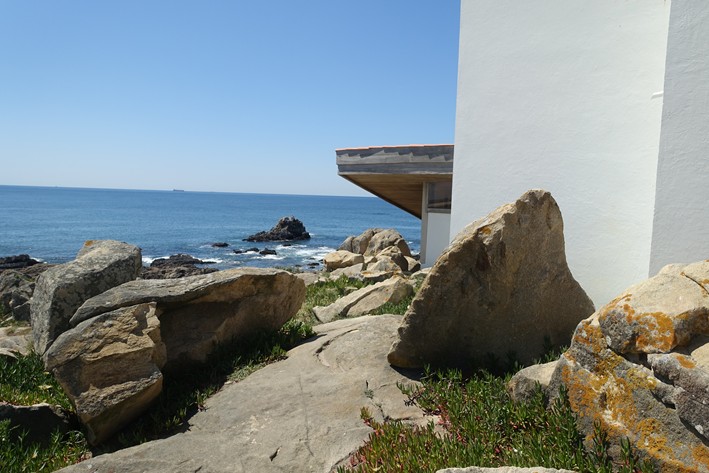

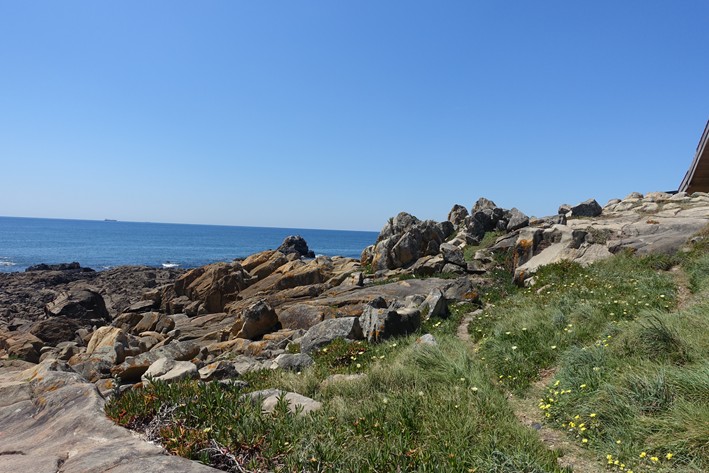

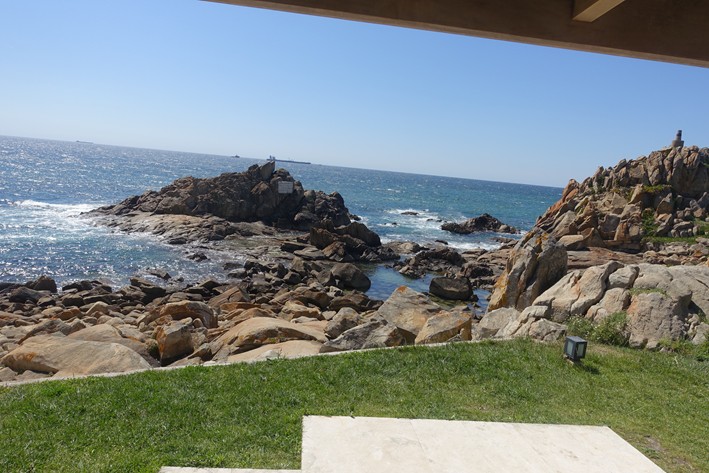
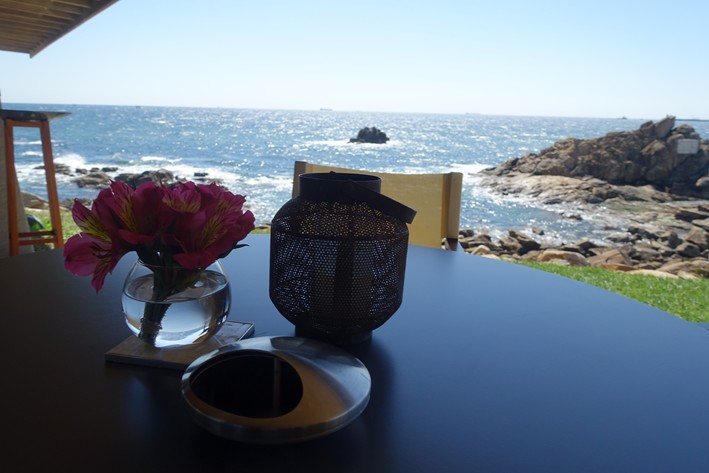
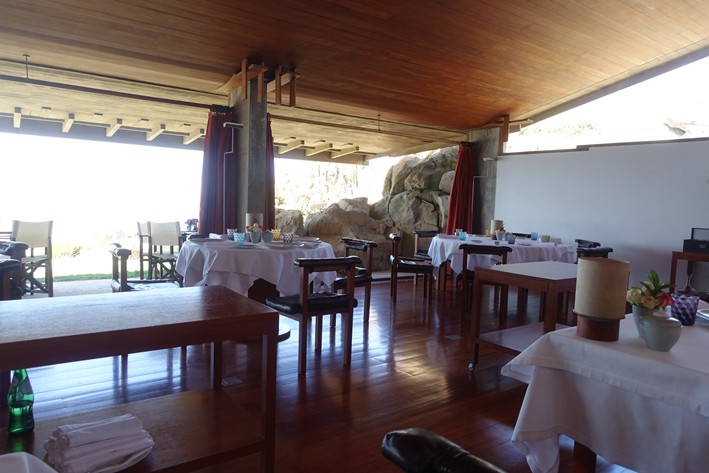
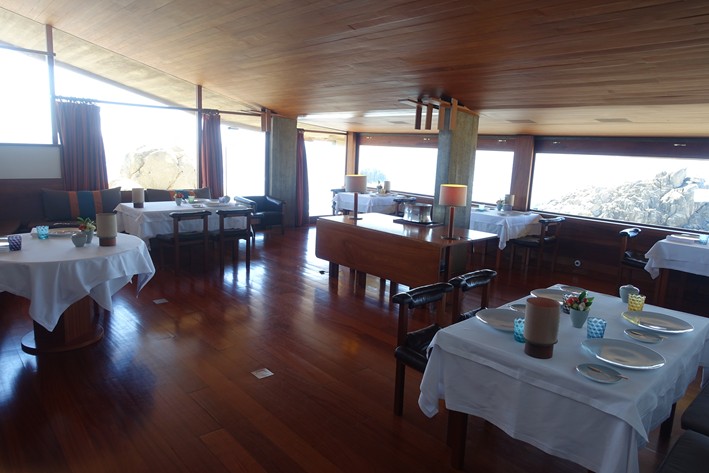
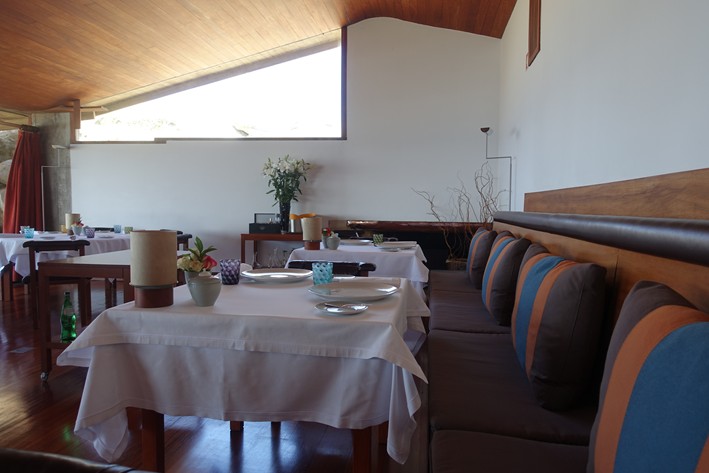


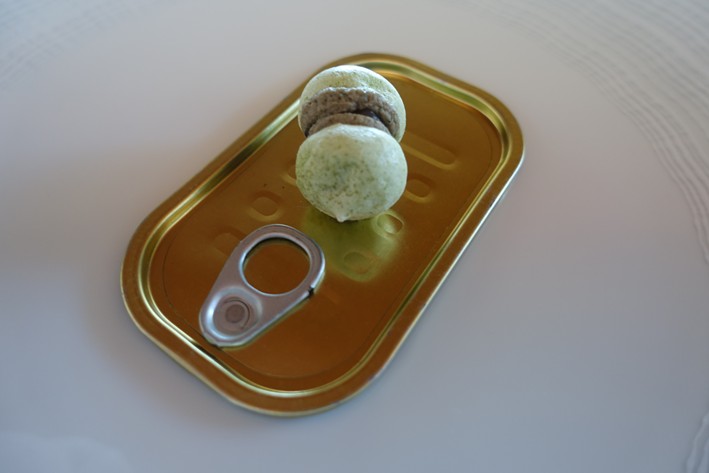
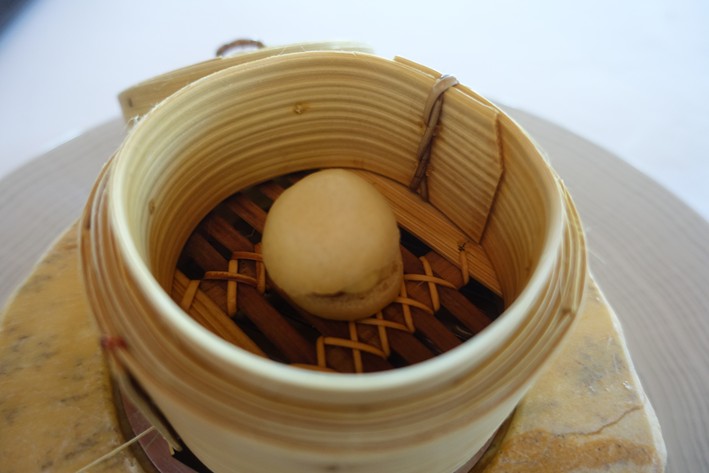
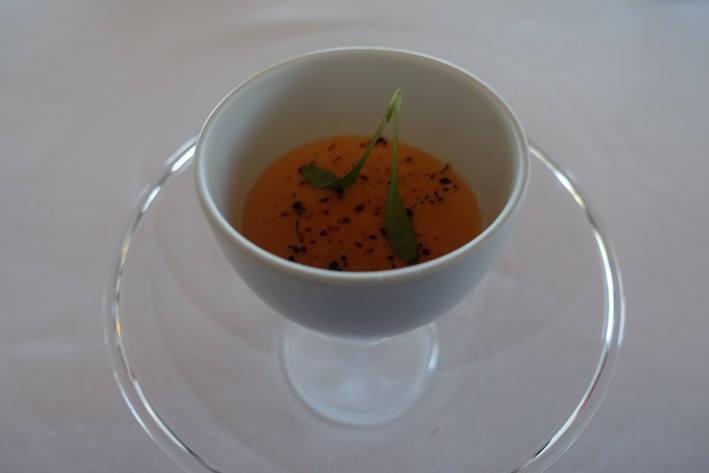


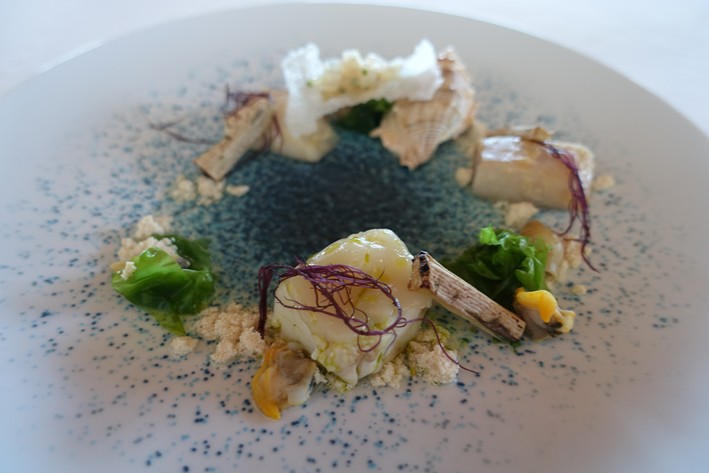
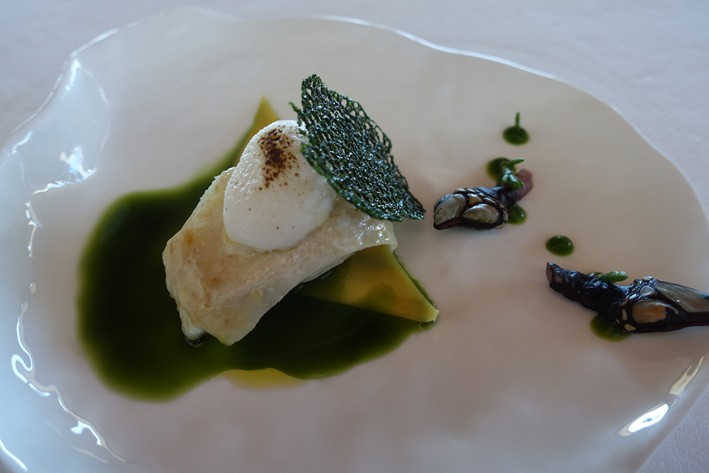

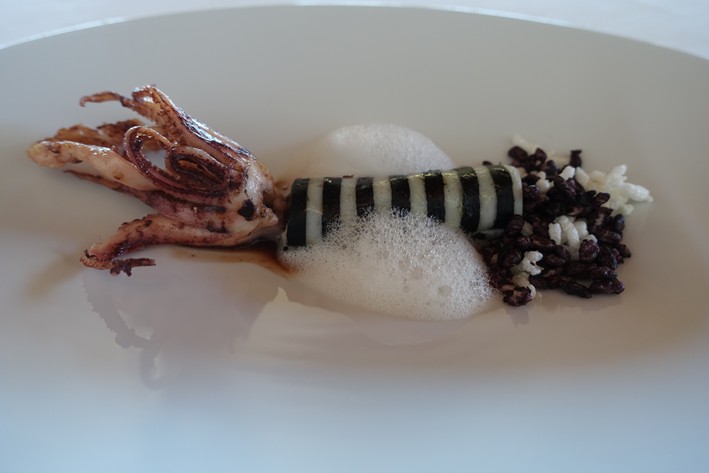
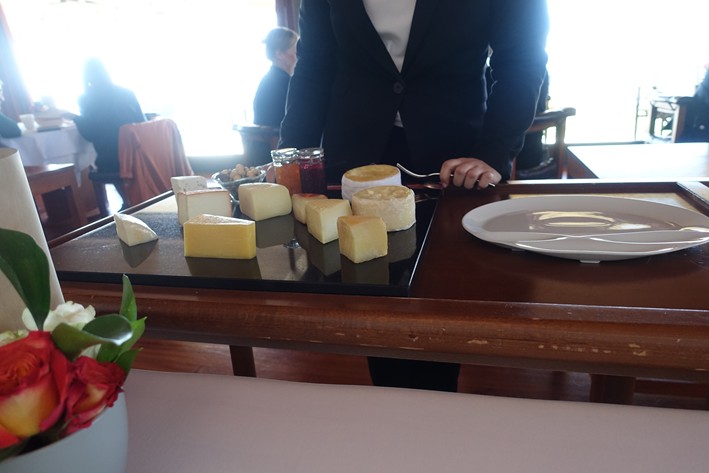

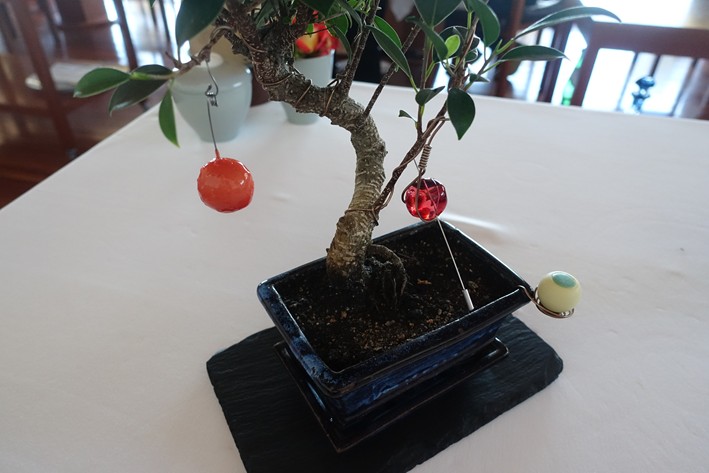
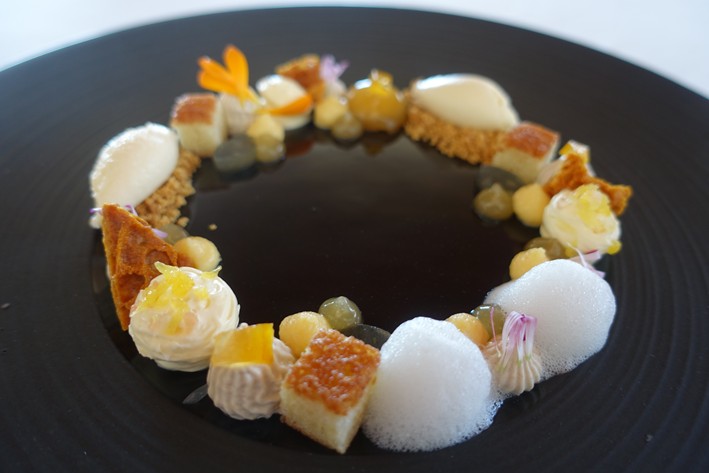

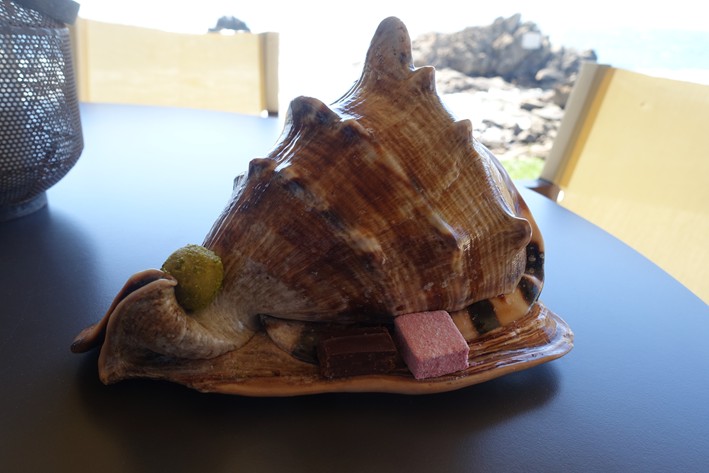

Add a comment
Thank you for submitting your comment, this will be checked and added to the website very soon.
User comments